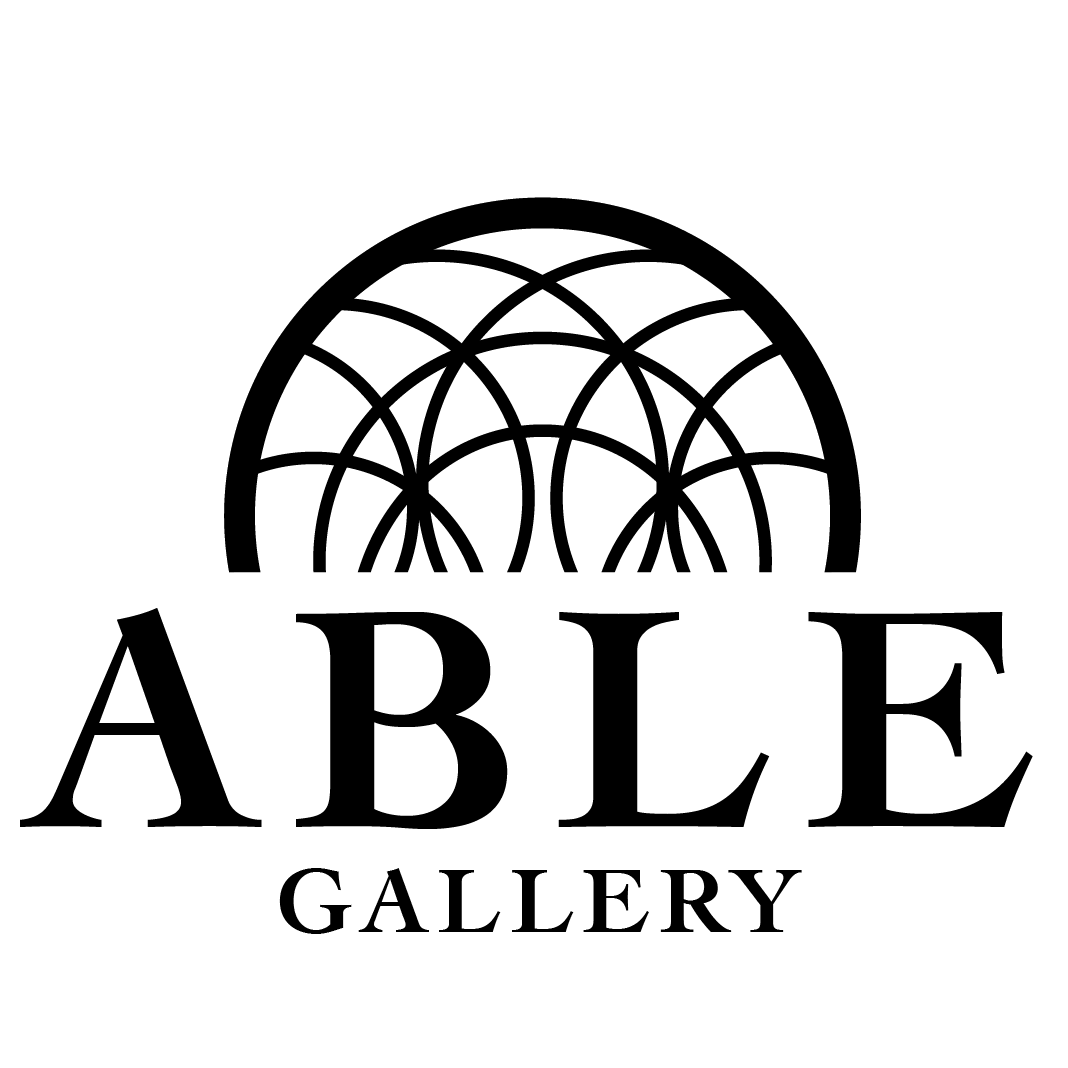Frequently Asked Questions
"Frequently Asked Questions (FAQs) refer to a curated list of common inquiries and answers specifically related to the auction process. This section is designed to help participants—whether first-time bidders or seasoned collectors—better understand how art auctions work, including topics such as registration, bidding, payments, shipping, and auction terms."
An art auction is a public or private sale where artworks are offered to the highest bidder. Conducted live, online, or in a hybrid format, art auctions allow collectors, galleries, and institutions to buy and sell pieces ranging from emerging artists to renowned masters. Each artwork typically has a starting price, and potential buyers place bids until the highest offer secures the piece. Auctions provide transparency, excitement, and access to unique and valuable works of art.
Participating in an art auction is easy and accessible. First, register with the auction house—either online or in person. Once registered, you can review the auction catalog to explore the artworks available for bidding. Auctions may be live, online, or both. On the auction day, you can place bids in real time or leave an absentee (advance) bid if you cannot attend. The highest bidder at the fall of the hammer wins the artwork. Payment and collection instructions are provided after the sale.
A reserve price is the minimum amount a seller is willing to accept for an item at auction. If bidding does not reach this confidentially set amount, the item will be withdrawn and not sold. Reserve prices protect sellers from underselling valuable works and help maintain the integrity of the market. While buyers may not always know the exact reserve, they are encouraged to place competitive bids to meet or exceed it. It’s a key element in ensuring a fair and balanced auction process for both parties.
A buyer’s premium is an additional fee charged by the auction house on top of the winning bid amount. It is usually calculated as a percentage of the final hammer price and is paid by the buyer. This fee helps cover the auction house’s operational costs, including cataloging, marketing, expert evaluations, and the facilitation of the auction process itself. The buyer’s premium is clearly stated in the auction terms and conditions, so participants are aware of the full financial commitment before bidding.
If you win a bid at an art auction, you are legally obligated to purchase the artwork at the final hammer price, plus any applicable buyer’s premium, taxes, and fees. Shortly after the auction ends, the auction house will send you an invoice detailing the total amount due and instructions for payment.
Once payment is received, arrangements will be made for you to collect the artwork or have it shipped, depending on your preference and the auction house’s policies. It’s important to complete payment within the specified time frame, as outlined in the auction terms and conditions. Failure to do so may result in penalties or loss of bidding privileges.
Winning a bid is both an exciting and serious commitment—marking the beginning of your ownership of a unique piece of art.
In general, all sales at an art auction are final. Once the hammer falls and payment is completed, the buyer cannot return or exchange the artwork unless otherwise stated in the auction house’s terms and conditions.
Because artworks are typically sold “as is,” it is the buyer’s responsibility to carefully review condition reports, provenance, images, and any available expert opinions before placing a bid. Auction houses provide detailed information in advance to support informed decision-making.
Return requests are only considered in exceptional circumstances and are subject to a thorough review by the auction house.
Most art auctions accept a variety of secure payment methods to accommodate both local and international buyers. Commonly accepted options include:
Bank wire transfers (the most preferred method for high-value purchases)
Credit and debit cards (subject to limits and additional processing fees)
Payment details, accepted methods, and deadlines are always clearly outlined in the auction house’s terms and conditions. Buyers should ensure payment is made within the specified timeframe to avoid penalties or cancellation of the sale.
Yes, most auction houses offer a preview period—also known as an exhibition or viewing—prior to the auction. During this time, prospective buyers are encouraged to inspect the artworks either in person or online, depending on availability.
The preview allows collectors to examine the condition, scale, and details of each piece. Condition reports, provenance information, and high-resolution images are typically provided to help bidders make informed decisions. For those unable to attend in person, virtual viewings or additional materials may be available upon request.
Please note: physical inspection of artworks is available by appointment only. Walk-ins are not accepted.
After an online auction, once full payment is received, the auction house will coordinate the shipping process in accordance with its policies. Shipping methods vary depending on the size, value, and destination of the artwork.
Buyers typically have the option to:
Arrange their own preferred shipping or logistics provider
Use the auction house’s recommended shipping partners
Request in-person pickup by appointment (if permitted)
All artworks are carefully packed to ensure safe transport. Insurance and tracking are often available and may be required for high-value works. Shipping fees, customs duties, and insurance costs are generally the responsibility of the buyer, unless otherwise stated.
Detailed shipping instructions and timelines are provided after the sale. Buyers are encouraged to review these policies in advance to avoid delays or unexpected costs.






